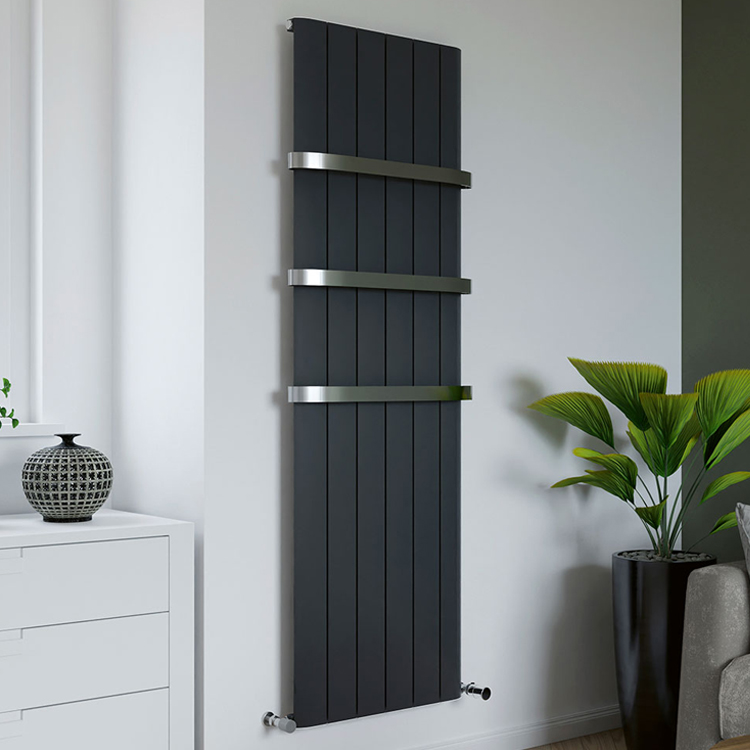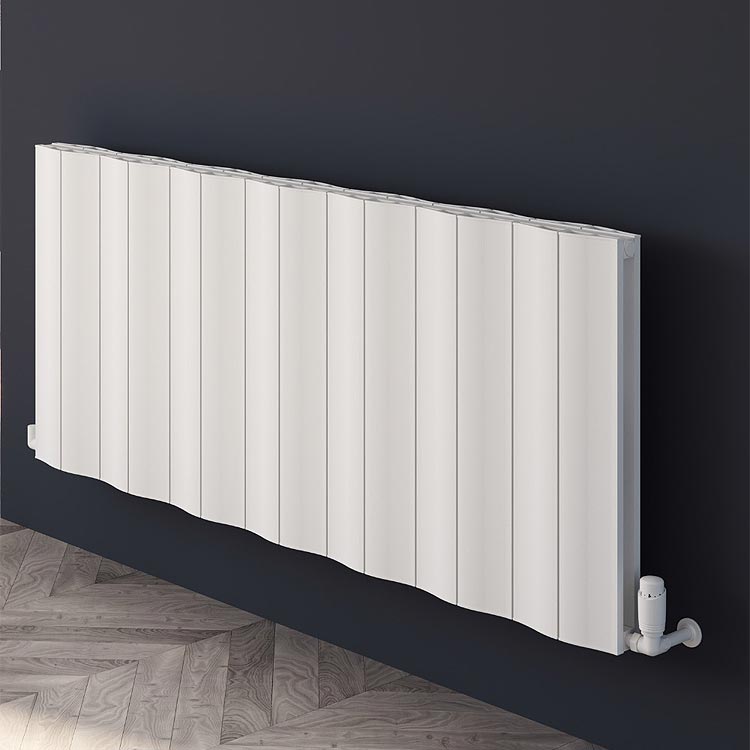Vertical vs. Horizontal Radiators: A Comprehensive Comparison
When it comes to choosing the right radiator for your space, one of the key decisions you'll face is the orientation of the radiator. Radiators are available in both vertical and horizontal configurations, each with its unique set of advantages and considerations. In this guide, we'll delve into the differences between vertical and horizontal radiators, offering a comprehensive comparison and guidance to help you make the right choice for your specific needs.
Pros and Cons of Vertical Radiators:
Pros:
Space Efficiency: Vertical radiators are particularly well-suited for spaces with limited wall space but ample height. They utilise vertical wall space efficiently, making them ideal for narrow hallways, bathrooms, or alcoves.
Aesthetic Appeal: Vertical radiators add a sense of elegance and modernity to a room. They can be a striking design feature, contributing to the overall aesthetics of the space.
Efficient Heat Distribution: Due to their height, vertical radiators can provide more even heat distribution, helping to warm the entire room quickly.
Cons:
Limited Placement Options: Vertical radiators require wall space that can accommodate their height. This limits their placement options and may not be suitable for all room configurations.
Lower Heat Output: In general, vertical radiators have a smaller surface area than horizontal ones, which can result in a slightly lower heat output.
Pros and Cons of Horizontal Radiators:
Pros:
Versatility: Horizontal radiators are versatile and can be placed on most walls with adequate space. They are a common choice for living rooms, bedrooms, and kitchens.
High Heat Output: Due to their larger surface area, horizontal radiators tend to have a higher heat output, making them efficient for heating larger spaces.
Easy Maintenance: Horizontal radiators are easier to access for cleaning, maintenance, and painting due to their position at eye level or below.
Cons:
Less Space-Efficient: Horizontal radiators require more wall space than their vertical counterparts. They may not be suitable for rooms with limited wall area.
Aesthetic Limitations: While horizontal radiators can be stylish, they may not serve as a focal point or design element to the same extent as vertical radiators.
Pros and Cons of Vertical Radiators:
The choice between vertical and horizontal radiators depends on the specific characteristics and requirements of your space:
Consider Wall Space: Evaluate the available wall space in the room. Vertical radiators are great for spaces with limited horizontal wall space but ample height, while horizontal radiators work well in rooms with more expansive horizontal wall areas.
Heat Requirements: Assess the heating needs of the room. If you need high heat output, a horizontal radiator might be more suitable. If efficient heat distribution is a priority, a vertical radiator can be an excellent choice.
Aesthetics: Consider the visual impact you want to achieve. Vertical radiators can serve as striking design elements, while horizontal radiators tend to blend into the background.
Room Configuration: Take into account the layout and configuration of the room. Ensure that the chosen orientation doesn't obstruct doors, windows, or other essential elements.
In conclusion, the choice between vertical and horizontal radiators depends on your unique space and preferences. Consider factors such as available wall space, heat requirements, aesthetics, and room layout to determine which orientation is best suited for your needs. Both vertical and horizontal radiators have their advantages, and making the right choice ensures efficient heating and a harmonious design in your living space.
Your Cart
Your Account
 Login Status
Login Status 


